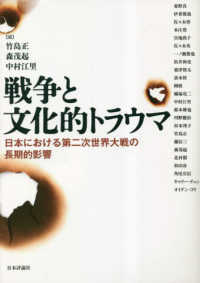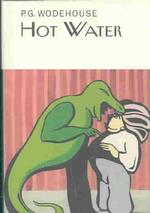- ホーム
- > 洋書
- > 英文書
- > Science / Mathematics
Full Description
The concept of a specialist workshop to address this problem was borne during conversations at the Gordon Research Conference on "Hicrobiological Safety of Foods" in Plymouth, New Hampshire, in July 1982.








